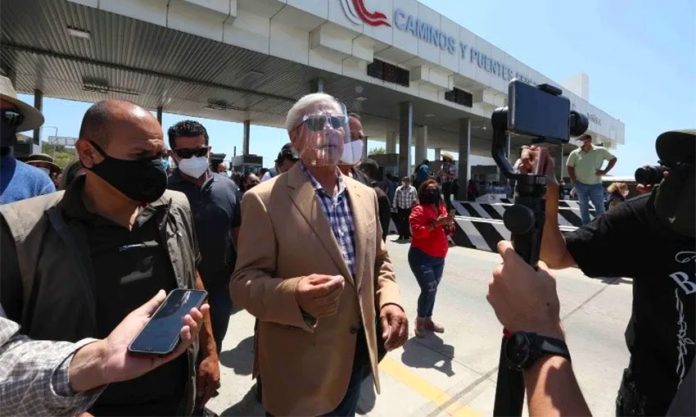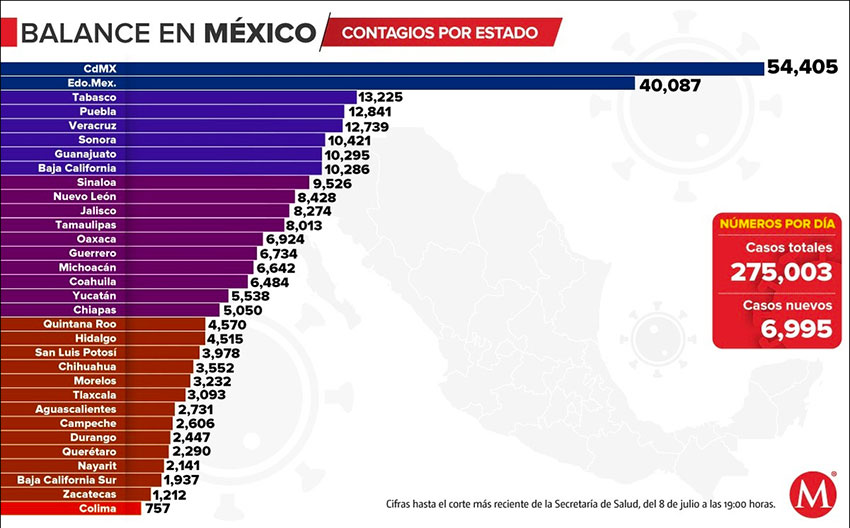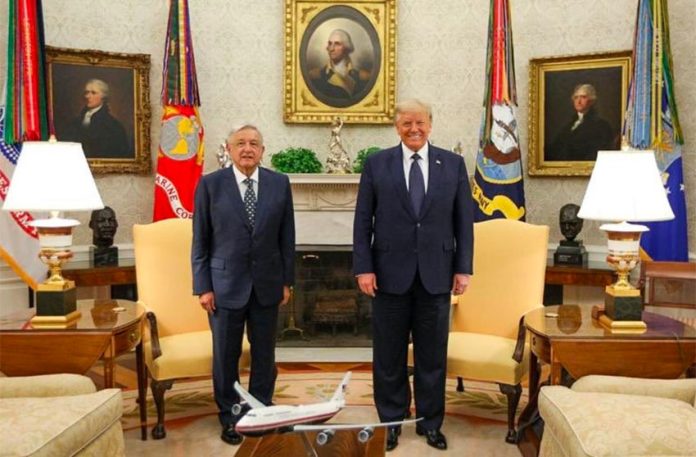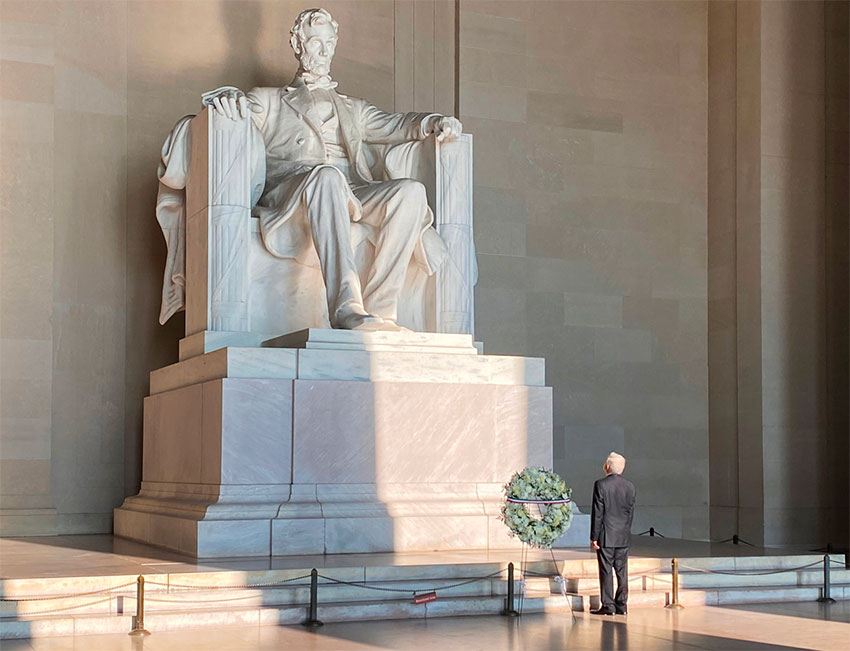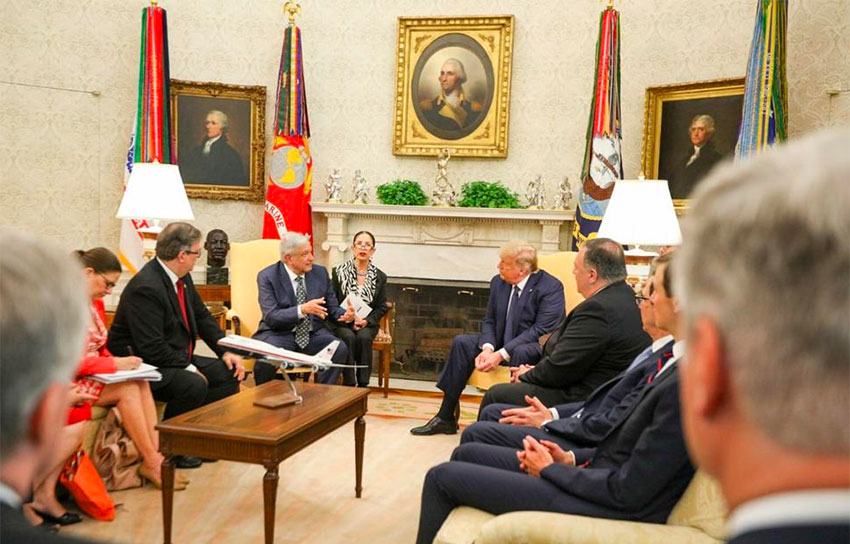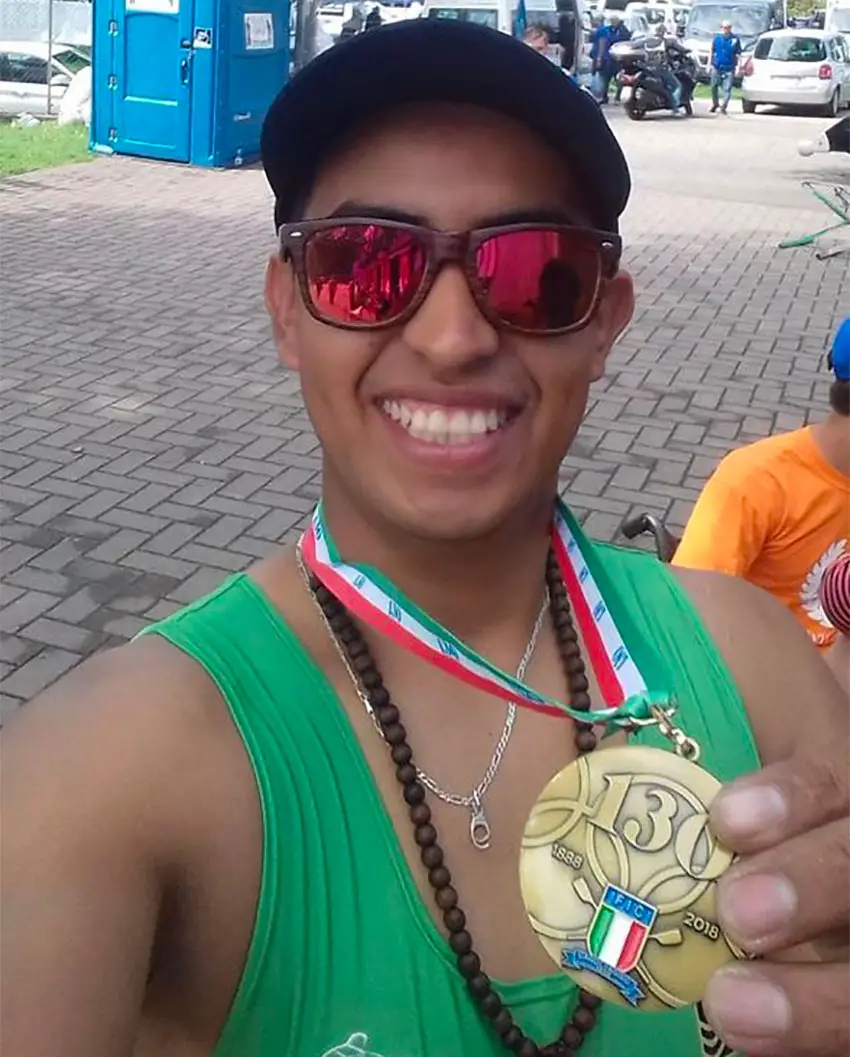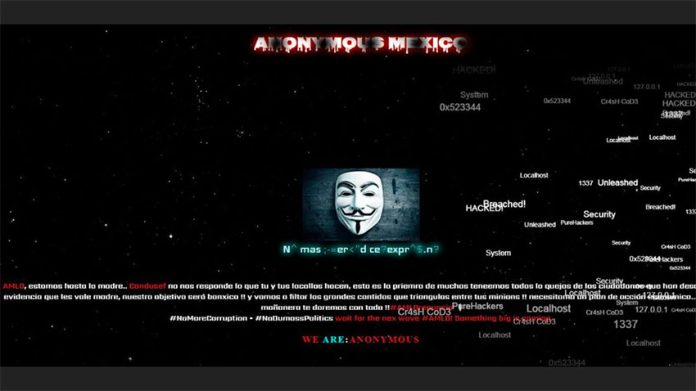If I could submit a column composed almost entirely of emoticons, I’d quote both President López Obrador and President Trump complaining about their mistreatment and victimhood by the media, then fill the rest of the page with that one emoticon of a lady who’s just slapped her forehead in disbelief and dismay.
Back in early 2019, shortly after AMLO was elected, Jorge Ramos wrote a piece for the New York Times criticizing him heavily regarding his very public negative attitude toward the press. He’d attended one of the morning meetings and felt the president had been unfair in his responses to him and generally dismissive of the problem of violence against journalists in general.
I watched their interaction on YouTube later, and actually did feel that Ramos had been unnecessarily aggressive while AMLO seemed to treat him with patience and respect: it reminded me of a teacher dealing with a child having a tantrum, and I had not been impressed at all with Ramos’ attitude.
I even thought, “Well if this is how the media treats him, why wouldn’t he sometimes lose his patience?” I imagined too that he was probably a bit sensitive after likely having (I truly believe) the 2006 election stolen from him. Who wouldn’t be defensive after an experience like that?
Since then — I even wrote a letter to the editor of the New York Times complaining about Ramos’ abrasive and aggressive demeanor, arguing that he was actively trying to provoke the president and it didn’t work, so what did that say about him, eh? Very mature, I know — I’ve been reminded of how wrong I was many times over to the point that I now follow nearly every one of my opinions with the phrase, “But, you know … I’ve been wrong before!”
AMLO’s attitude toward the media has only become more threatening as time has passed. In a country designated the most dangerous in the world for journalists, one would think he’d pause to reflect on the weight of his words.
Someone with even a little power who can’t take criticism is dangerous, but someone with all the power that can’t take it is an absolute terror. Why, just look at my own president! AMLO’s similarities to Trump have been eerily, terrifyingly coming into focus from the beginning. I denied them at first, but eventually it was something I couldn’t ignore: while their ideologies are in many ways on opposite ends of the spectrum, they both have tendencies to govern through sheer force of will and an attitude of “I know everything better than everyone so everyone else shut up.” (With AMLO it’s “I have different data;” with Trump it’s … well, so many things.)
I can at least say for AMLO that he knows how to string together coherent sentences.
I wanted AMLO to win. I would have voted for him enthusiastically all three times if I could have. I loved him, but my love, unlike that of many of both his and Trump’s supporters, is not unconditional.
And boy, is this honeymoon ever over.
The trouble now seems to be that even though he’s finally Mexico’s chief executive, he still sees himself as a victim of a mean and corrupt media (as does my own president). But here’s the thing: if you’re the most powerful person in your country, and in Trump’s case, in the world, you don’t get to behave like a victim, because you simply are not one.
Criticizing elected officials is both a right and a duty. They are, after all, servants. Our servants. The fact that AMLO doesn’t tolerate it and lashes out like a child — like Trump — is worrisome indeed.
Claiming journalists “are paid millions” to criticize him, AMLO said: “Now I’m looking for a way to have them contribute because attacking me is a lucrative business. How much are they paid to attack me? They benefit from that so they should contribute something.”
Whoa. Well, I don’t know how much those bozos get paid, but I have yet to see my own bank account balloon with trash-talking money. Am I missing out on a gigantic salary for my valuable, highly sought after service of criticizing the president? (What’s up, Tony? Where are my millions?)
The next thing he said sent a chill through my bones: “If it’s 500,000 pesos, they should contribute 50,000 to a good cause and with that, they keep their permission, their license, to continue attacking me.”
I’m sorry, what? Is he really suggesting that if they don’t pay money, they could have permission taken away from them to keep reporting? What does that even mean? Should I have been issued a “permission-to-criticize-the-president” card at some point? (Tony, that makes two things I need explained to me, pronto!)
Seriously, though, I think he may have gone off the deep end. And I’m really, really sad about it.
Though several people have asked and worried about my status as a writer who sometimes writes vaguely about politics, it’s hard for me to take that worry to heart: I’m a small, minuscule, tiny fish in a very big ocean. First off, I’m not really a journalist, I’m just an opinion writer and occasional blogger.
And second, writing these articles only in English means my audience is fairly small, mostly consisting of fellow norteamericanos. Still, though. Maybe light just a small candle for me if you think of it later, just in case.
I still don’t love Jorge Ramos. But on AMLO, he was right. Mea culpa, Jorge.
Sarah DeVries writes from her home in Xalapa, Veracruz. Tony, her editor, wonders how the honeymoon lasted so long.
